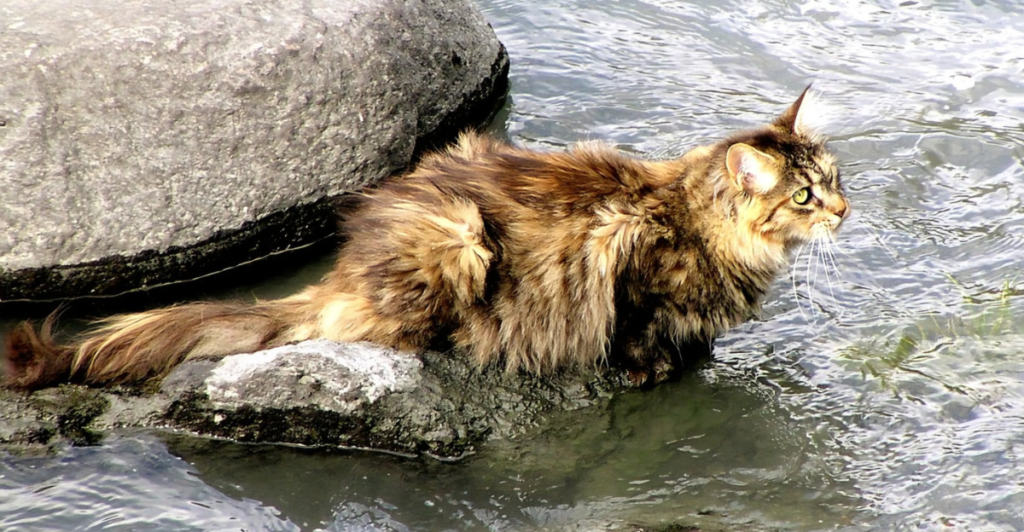
Ever wondered if your pet’s quirky behaviors are echoes of their wild past? Many of our domesticated companions still carry the torch of their untamed ancestors. Let’s explore 11 pets that, despite cozying up to human life, haven’t entirely shed their wild instincts.
1. Cats: Miniature Lions in Our Living Rooms

Your fluffy feline might snooze on the couch, but deep down, they’re stealthy hunters. From pouncing on toys to that intense “prey” stare, domestic cats exhibit behaviors reminiscent of their wild cousins. Their instinct to hunt remains strong, even if it’s just a feathered teaser they’re stalking.
2. Dogs: Wolves at Heart

While they’ve become “man’s best friend,” dogs still display behaviors rooted in their wild ancestry. Circling before lying down, burying bones, and pack mentality are all traits inherited from wolves. These instincts helped their ancestors survive in the wild and continue to influence canine behavior today.
3. Parrots: Wild Calls in Domestic Halls
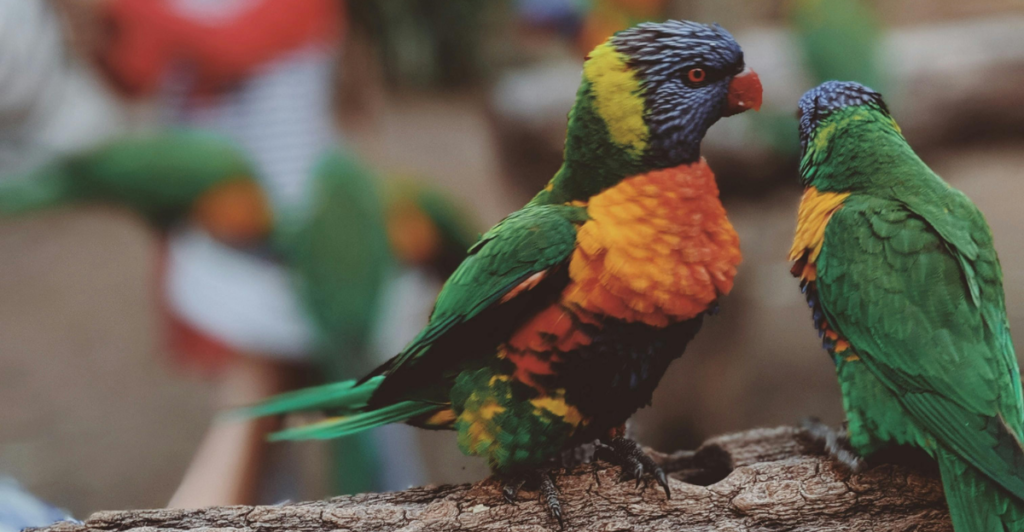
Bright and chatty, parrots bring a slice of the wild into our homes. Their mimicry and social behaviors are vital survival tools in the wild, helping them communicate and bond within flocks. Even in captivity, these instincts drive their need for social interaction and mental stimulation.
4. Ferrets: Playful Predators
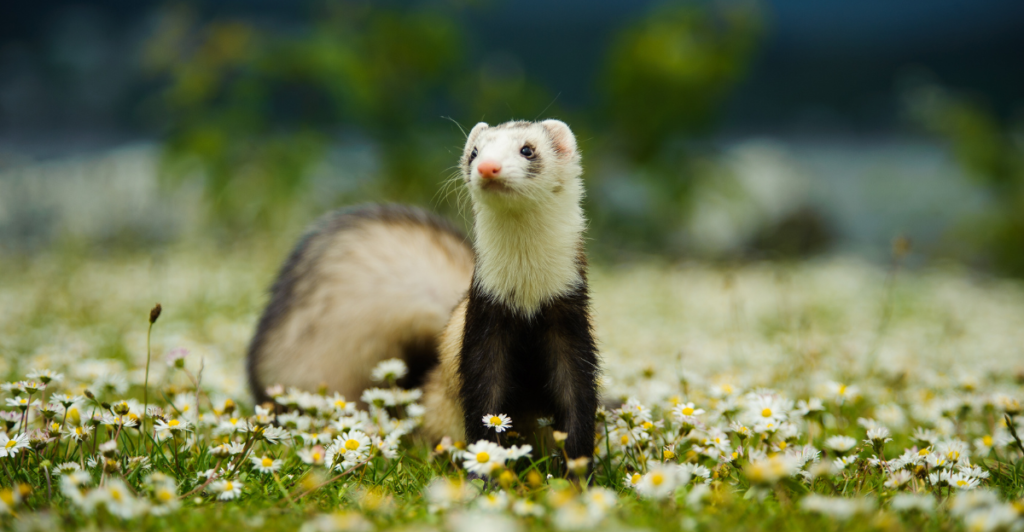
Ferrets might seem like playful goofballs, but their energetic antics mirror the hunting behaviors of their wild relatives, the European polecats. Their instinct to chase and pounce is a throwback to their days of hunting small prey in the wild.
5. Rabbits: Timid Yet Tenacious
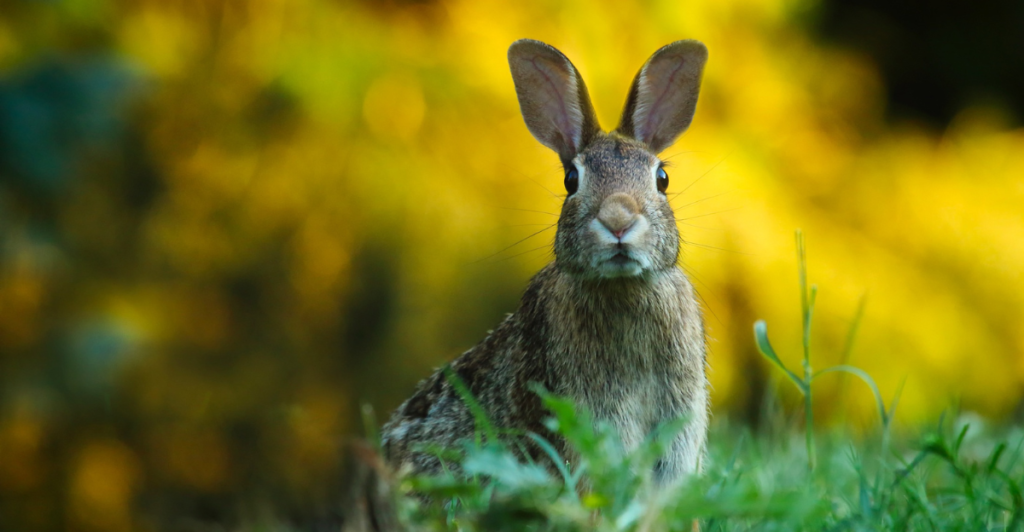
Those adorable hops and perky ears? Domestic rabbits retain the alertness of their wild counterparts. Their tendency to thump hind legs signals danger, a survival instinct from living in open fields where predators lurk.
6. Hamsters: Nocturnal Navigators
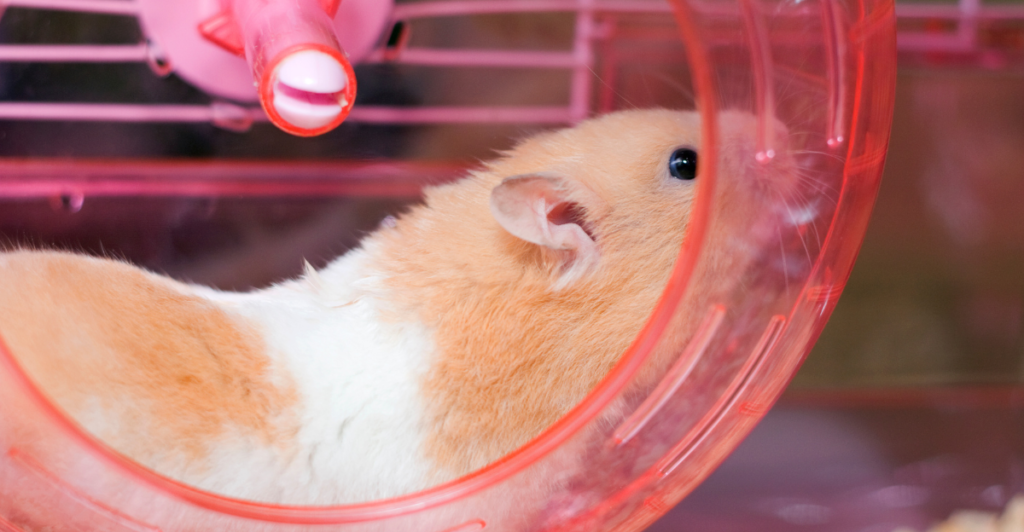
Ever wonder why your hamster runs marathons on its wheel at night? In the wild, hamsters are nocturnal foragers, traveling miles under the cover of darkness to gather food. This nightly activity is deeply ingrained in their DNA.
7. Horses: Flight Over Fight

Despite domestication, horses remain ever-vigilant. Their strong flight response to sudden movements or noises harks back to their wild days on open plains, where quick escapes from predators were essential for survival.
8. Pigs: Rooting Remnants
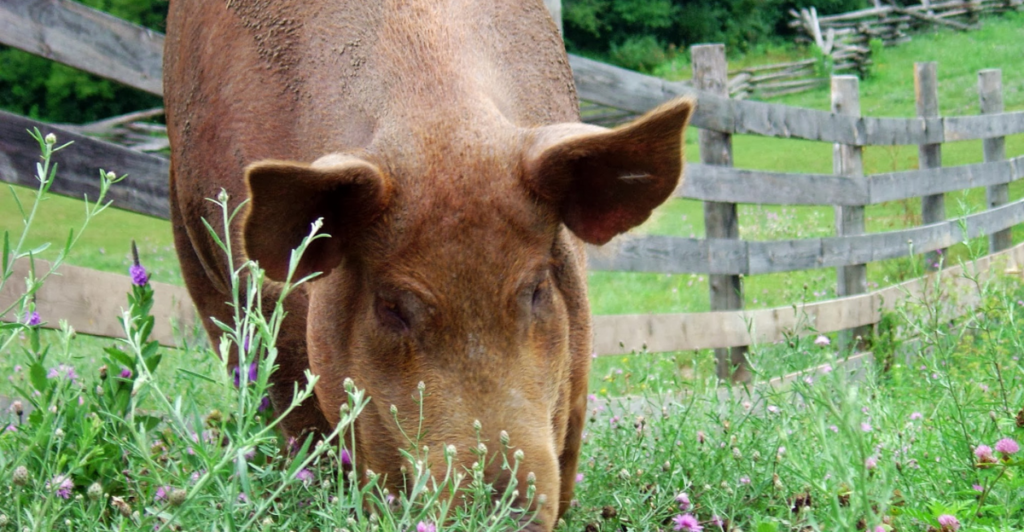
Domesticated pigs still love to root around, a behavior inherited from their wild boar ancestors. This instinctual digging helps them search for food like roots and insects, showcasing their natural foraging habits.
9. Goats: Natural Climbers
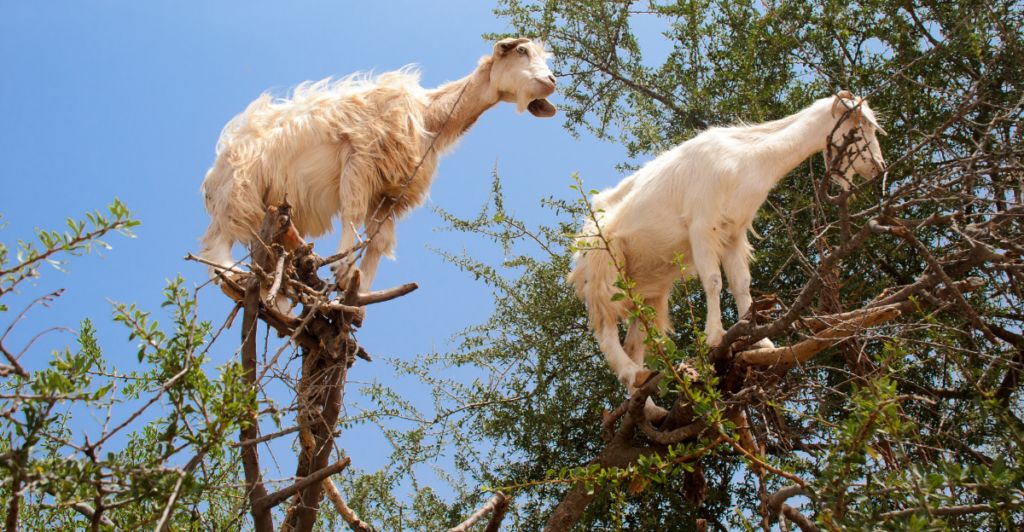
If you’ve ever seen a goat scale a seemingly impossible surface, you’ve witnessed their wild instincts at work. Domestic goats retain the climbing abilities of their wild relatives, aiding them in escaping predators and searching for food in rugged terrains.
10. Chickens: Pecking Order Priorities
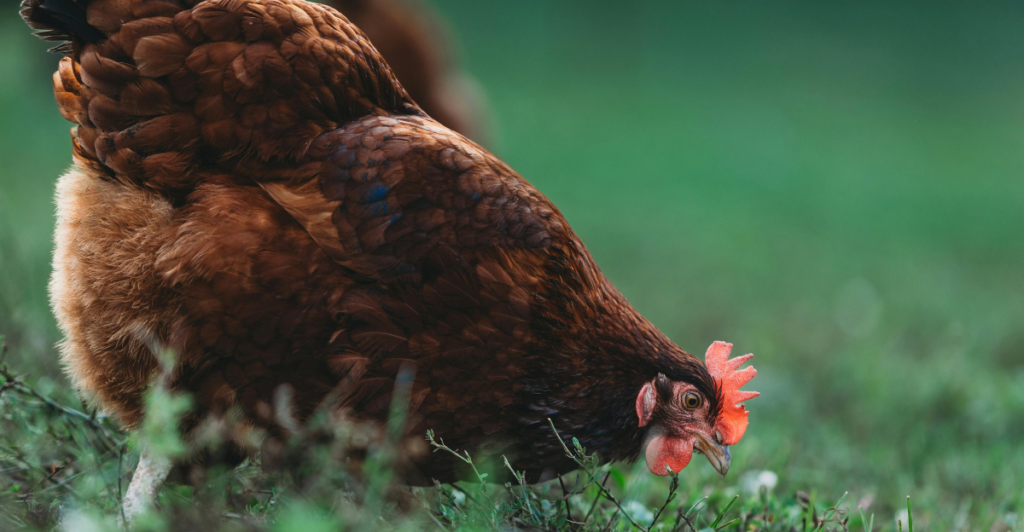
The term “pecking order” comes from chickens’ natural social hierarchy. Even in domestic settings, they establish dominance through pecking, a behavior rooted in their wild ancestry to maintain order within the flock.
11. Elephants: Gentle Giants with Wild Ways
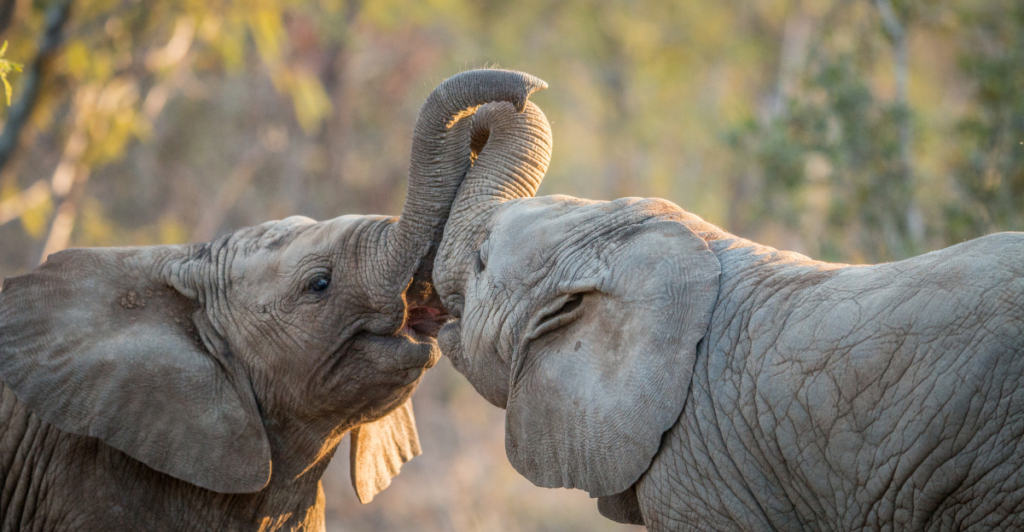
While often trained for human purposes, elephants are not truly domesticated. They retain their natural instincts, such as complex social structures and migratory behaviors, which are meant for the wild. Their need for vast territories and social interactions reflects their undomesticated nature.
Embracing the Wild Within
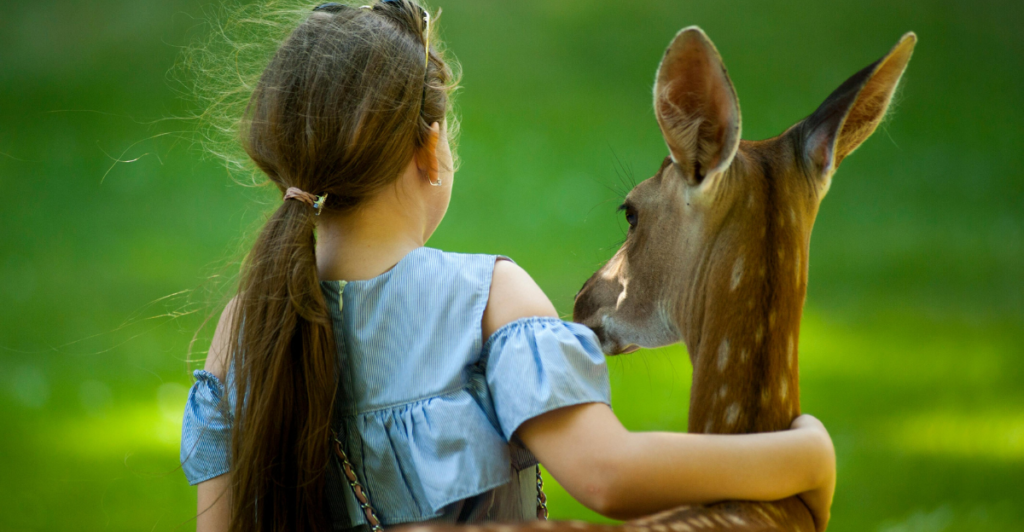
Our pets may share our homes, but their wild instincts remain a vital part of who they are. Understanding these behaviors enriches our relationships with them, reminding us of the untamed spirit that still resides in our domesticated companions.
Discover more of our trending stories and follow us to keep them appearing in your feed

Bobcats Are Making a Comeback—And They Might Be Protecting Us From Disease
Bison Return Home To Native American Lands After Being Pushed To The Brink Of Extinction
California Is Breaking Apart: A Fault Line Is Forming Faster Than Anyone Predicted
The War on Cows Is Over—And Green Extremists Have Lost
References:
Reference 1
Reference 2
Reference 3
This article first appeared here
Stay connected with us for more stories like this! Follow us to get the latest updates or hit the Follow button at the top of this article, and let us know what you think by leaving your feedback below. We’d love to hear from you!







